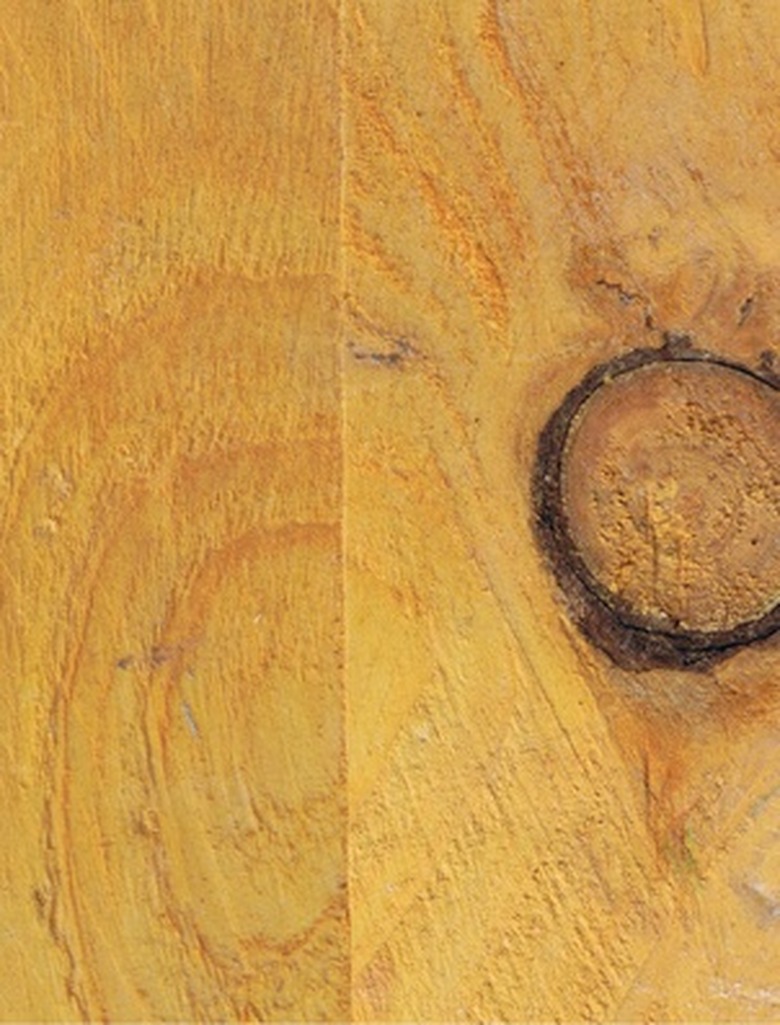How To Seal Plywood
Things Needed
-
Sanding sealer
-
80-grit sandpaper
-
120-grit sandpaper
-
Paint brush
Plywood is a durable material for projects, but it is necessary to seal plywood to protect it against water damage and rotting, and to ensure a long-lasting finish. Once it is sealed, you may finish your project with paint or polyurethane. You may find the materials for sealing plywood at any hardware or home improvement store. The more care you take with preparing the wood, the more durable your finished project (perhaps a child's tree fort, picnic table or a workshop bench) will be.
Step 1
Sand all sides of the plywood using 80-grit sandpaper. You want to sand in a back-and-forth motion along the natural grain of the wood, not across it.
Step 2
Repeat sanding with 120-grit sandpaper. This helps to achieve a smoother finish. You may use an even higher-grit sandpaper (like 160) for an even smoother finish, but that is unnecessary with plywood.
Step 3
Wipe off any plywood dust with a clean cloth or rag. Prepare an adequate and dust-free work area to apply the sanding sealer.
Step 4
Apply sanding sealer in even brush strokes to coat the surface of the wood, using a clean paintbrush. Do not saturate the surface. The key to a smooth finish is to apply the coat evenly. Allow the sanding sealer to dry, as per the manufacturer's instructions. If you plan to seal both sides of the plywood, finish one side first and allow it to dry completely before flipping it over.
Step 5
Use 120-grit sandpaper again to lightly sand the sealed surface. This will remove bumps left over from the original sanding and small air pockets that usually form at the surface when first sealed. Sand just enough to achieve a smooth feel to the wood but without going through the sealer. The wood will appear waxy looking, which is normal.
Step 6
Apply a final coat of sanding sealer and allow to dry. Repeat Step 5 on the reverse side, if necessary.
References
- "Home Improvement 1-2-3: Expert Advice from the Home Depot"; Benjamin Allen, Editor; 1995
